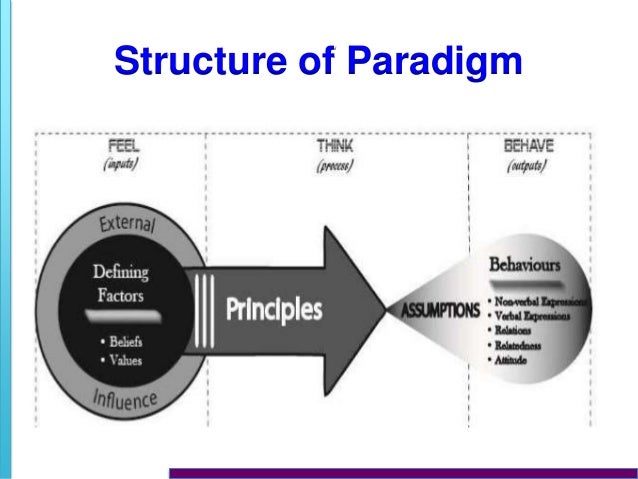


She has completed all the quizzes and activities included in her training program, and, armed with the knowledge she needs to succeed, is now ready to commence her new role. She now has a solid understanding of the company’s products and is well-versed in finding prospective customers and generating them into leads. Arlene is finishing up her training as a new sales representative. Let’s take a look at an example of learning via an LMS tool. PEP: The Modern Learning And Enablement System Here is why the future lies in Performance Enablement Platforms (PEPs). Today, modern learning platforms need to shift their focus and take the learning experience one step further. They provide students and new graduates a chance to hone and apply their skillsets as they embark on their future career paths.Īre traditional LMS systems dead? Perhaps.

This is why internships and co-op programs are so valuable. They do, however, miss one critical step-delivering learning just when it’s needed most to each individual and reinforcing this knowledge post-learning. They simplify the learning process, and their gamification and other interactive features can excite and engage learners. Such tools are advantageous, in that they enable businesses to offer virtual training and learning programs to accommodate all members of the workforce, regardless of where they are located. Data collection and reporting, usability for learners, and ease of use for administrators all factor into the decision-making process when reviewing various options.
#PARADIGM SHIFT ACTIVITIES HOW TO#
Today, there is a myriad of tips and advice circulated on how to select the right LMS for the needs of one’s organization. In 2020, the global LMS market size was $10.84 billion, and it is projected to grow from $13.38 billion in 2021 to $44.49 billion in 2028. The last decade has been a boon for LMS tools, with many organizations around the world shifting to remote and distributed teams. A Shift Towards Performance-Based Learning


 0 kommentar(er)
0 kommentar(er)
